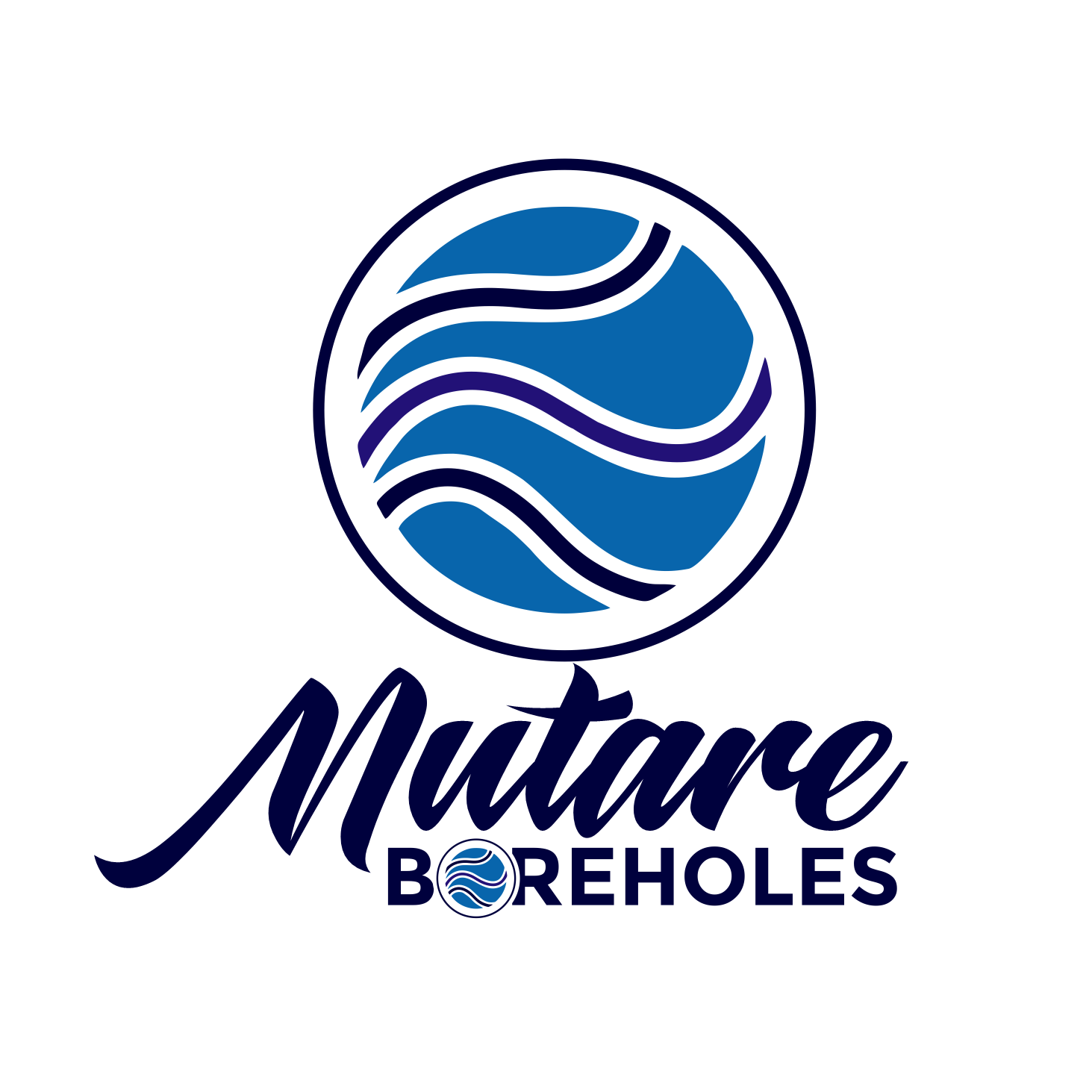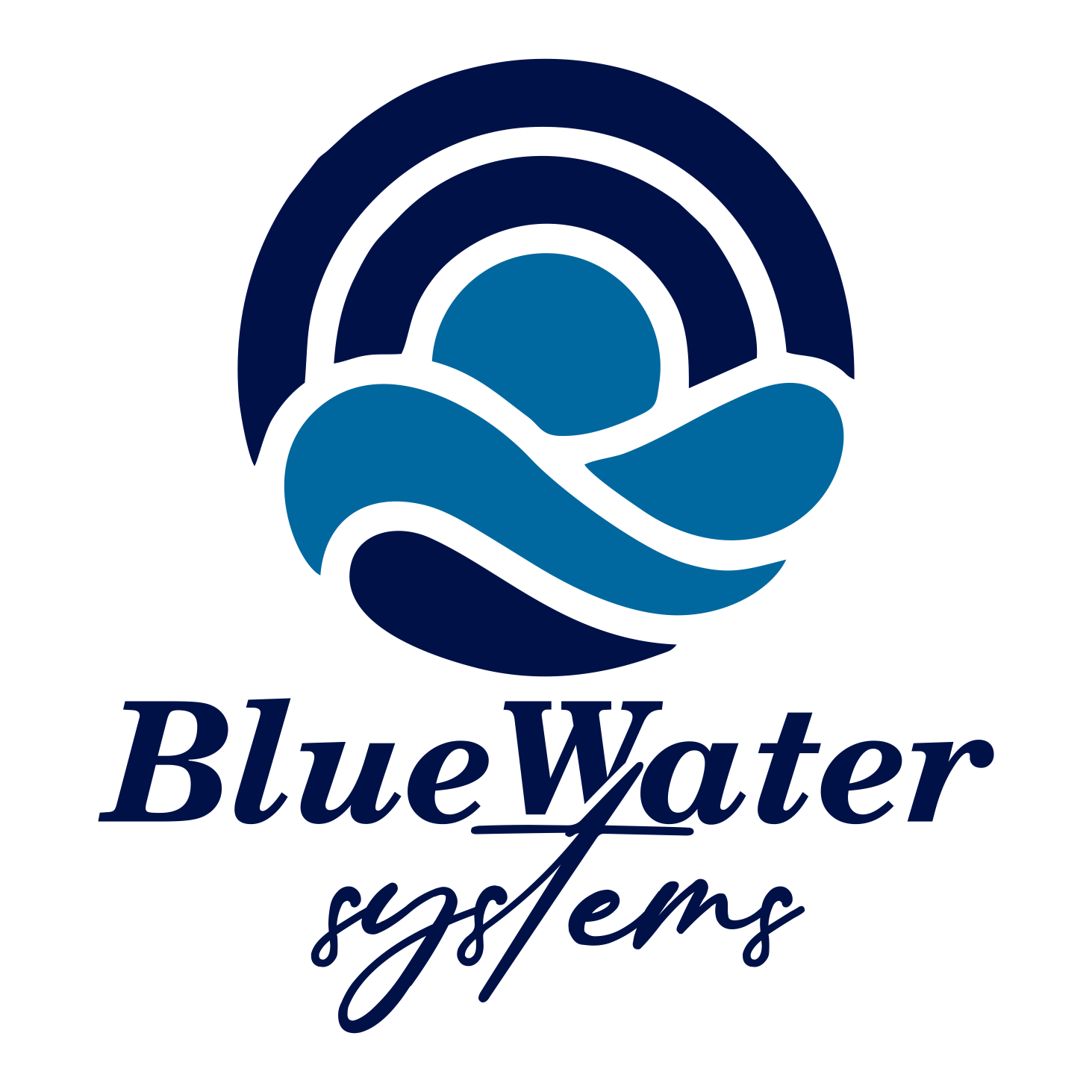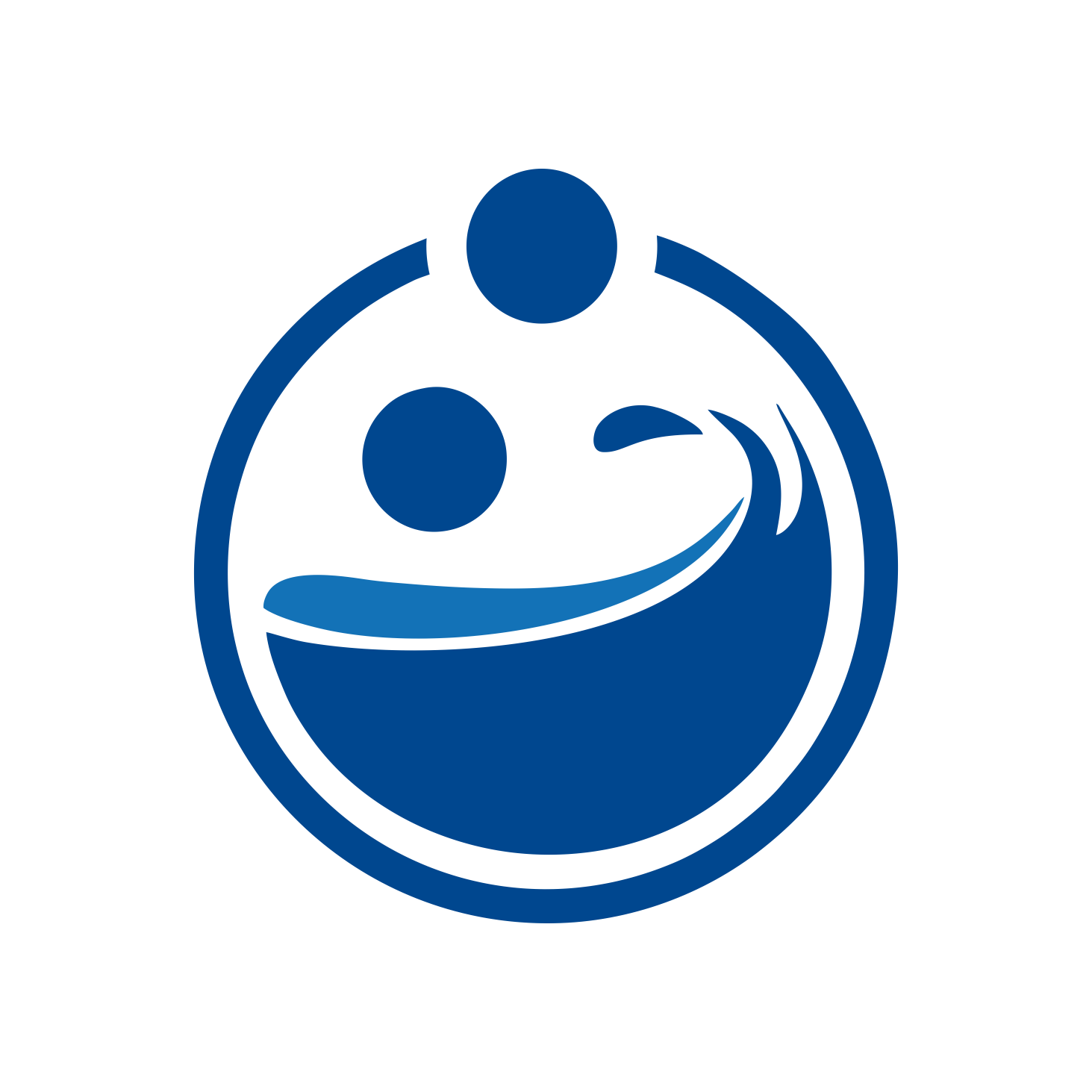Zimbabwean TV presenter Makosi Musambasi has joined the “Ice Bucket Challenge” that has seen celebrities from across the world tipping ice water over themselves to raise awareness for various charities of their choice.
The original aim of the challenge was to raise money and awareness of the neurodegenerative disease, motor neurone disease. The challenge sees people tipping ice water over themselves to raise awareness of ALS – and if a nominee does not take up the challenge within a day they must make a donation.
Many celebrities have risen to the challenge, and even President Obama has been asked, although he has yet to respond. Charities have reported a massive surge in donations after the campaign went rival, with celebrities such as Justin Timberlake and US talk show host Jimmy Fallon also getting in on the act.
In the UK, Macmillan Cancer Support is also using the Ice Bucket Challenge to raise awareness and donations. This week multi-billionaire Bill Gates dunked himself in ice water after being challenged by Facebook’s Mark Zuckerberg.
The Microsoft pioneer took the Ice Bucket Challenge to raise awareness for ALS, also known as Lou Gherig’s disease. The video – posted on his gatesnotes blog – shows Mr Gates watching Mr Zuckerberg nominate him and then rigging up an elaborate tipping mechanism to out-do the Facebook boss.
The challenge started in New Zealand on July 4, 2014, with a fundraising page on behalf of the Cancer Society to help support patients and their families through one of the toughest challenges anyone will face, a cancer diagnosis. As with similar challenges, it is usually filmed so footage can be shared online.
The challenge was popularized in the United States when Massachusetts resident and former Boston College baseball player Pete Frates, who has ALS, began posting about it on Twitter.
Within 24 hours of receiving a challenge, participants are to video record themselves in continuous footage. First, they are to announce their acceptance of the challenge followed by pouring ice into a bucket of water.
The bucket is then to be lifted overhead and poured over the participant’s head. After completion, the participant has the option of extend the challenge and to donate $10 a charity of their choice. Alternatively, they can decline the challenge, in which case they are encouraged to donate $100.
The original aim of the challenge was to raise money and awareness of the neurodegenerative disease, motor neurone disease. The challenge sees people tipping ice water over themselves to raise awareness of ALS – and if a nominee does not take up the challenge within a day they must make a donation.
Many celebrities have risen to the challenge, and even President Obama has been asked, although he has yet to respond. Charities have reported a massive surge in donations after the campaign went rival, with celebrities such as Justin Timberlake and US talk show host Jimmy Fallon also getting in on the act.
 |
| Makosi in “Ice Bucket Challenge” |
The Microsoft pioneer took the Ice Bucket Challenge to raise awareness for ALS, also known as Lou Gherig’s disease. The video – posted on his gatesnotes blog – shows Mr Gates watching Mr Zuckerberg nominate him and then rigging up an elaborate tipping mechanism to out-do the Facebook boss.
The challenge started in New Zealand on July 4, 2014, with a fundraising page on behalf of the Cancer Society to help support patients and their families through one of the toughest challenges anyone will face, a cancer diagnosis. As with similar challenges, it is usually filmed so footage can be shared online.
The challenge was popularized in the United States when Massachusetts resident and former Boston College baseball player Pete Frates, who has ALS, began posting about it on Twitter.
Within 24 hours of receiving a challenge, participants are to video record themselves in continuous footage. First, they are to announce their acceptance of the challenge followed by pouring ice into a bucket of water.
The bucket is then to be lifted overhead and poured over the participant’s head. After completion, the participant has the option of extend the challenge and to donate $10 a charity of their choice. Alternatively, they can decline the challenge, in which case they are encouraged to donate $100.
















